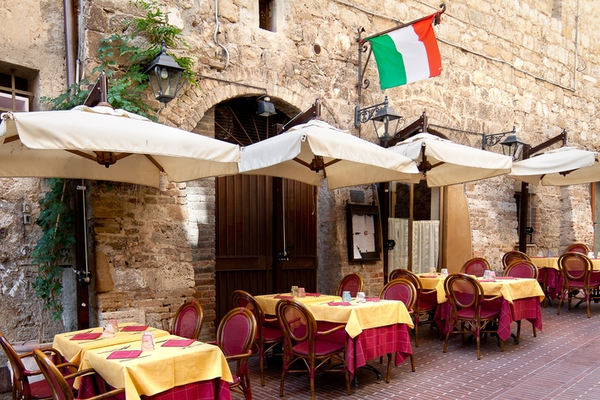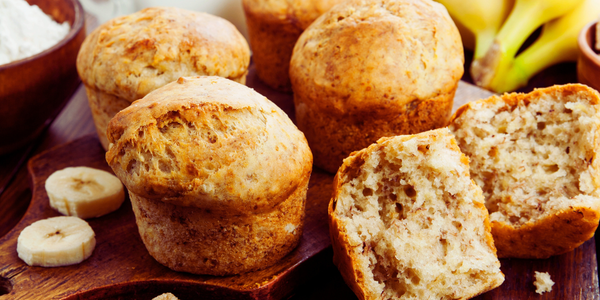The Most Common Foods And Drinks Today And Where They Come From

Humanity has been cultivating its own food for thousands of years, and over time, certain types of these foods and drinks have become staples in the diets of so many cultures around the world. So much so that today we eat many different types of foods without even thinking about where they originated from. We simply see many foods we eat on supermarket shelves without considering how difficult it would have been to find these foods a century or more ago. Here we will discuss the origins of some of the most common foods and drinks that we consume today to give you a better appreciation for these things.
Rice
This food is something that almost everyone has in the food cupboards. Rice is easily one of the most widely consumed foods on the planet. It is generally agreed that rice originated in China. It is, at least, assumed that the first time rice was cultivated or grown was along the Yangtze River in China. This area has an ideal climate and geographical setting to effectively grow this grain due to the humidity as well as the abundance of water along the flood plains of this famous river. Due to its relatively neutral flavor, it can be paired with many different dishes and provides significant nutritional benefits to our diets. Because of this, it is understandably a staple part of the diets of billions of people around the world.
Bread
Another staple food that is consumed around the world is made out of wheat. The wheat that we use to make bread today is believed to have originated in the Fertile Crescent. This is an area that includes parts of modern-day Iraq and Israel. Wheat has been grown for more than 10,000 years, and it has played an important role in the development of many ancient civilizations, including the Egyptians, Greeks, and Romans. It's still one of the most commonly consumed grains worldwide, and without the cultivation of wheat, we might never have developed into the society we are today. For better or worse, the systems we use of trading things for food and other necessary items started once we learned how to grow our own foods, and wheat and other grains were at the forefront of this system.
Corn
This food is native to Central America and Mexico and was originally grown by the natives or indigenous people of this area. Corn, or maize as it is also known, was a very important food source for the Aztec people. This tradition of growing maize continues today and is the largest agricultural export from Mexico. As with most crops, corn was introduced to many other parts of the world, from Europe to Africa, following the discovery and subsequent colonization of America. Corn was actually cultivated from a plant called teosinte, which still grows in the wild across Mexico. The early corn crops would have looked much different from the corn on the cob we eat today. Native Americans began breeding the plants, causing them to grow in size over the years, and these efforts continued with further intervention by pilgrims and then modern-day scientists.
Coffee
If you ask a few different people the question, "where do coffee beans come from?" you'll likely be given a different answer each time. One of these answers will probably be "I don't know," while others may take an educated guess based on climate and potentially whatever country they have seen labeled on a bag of ground or whole coffee beans. The biggest producers of coffee in the world are Brazil, Colombia, Honduras, Indonesia, and Vietnam. These countries are located in South and Central America and Southeast Asia, respectively. However, the country in which the coffee plant originates is not found in any of these continental areas.Coffee is actually native to the tropical areas of the African continent and was first grown and farmed in Ethiopia. It's worth noting that today, Ethiopia is still one of the top producers of coffee, but it is still far surpassed by the immense growing efforts across South America and Asia.
Tea
Another of the world's most consumed beverages is tea, and the varieties of this drink are numerous, with many different types being grown and blended. You have everything from fruit and herbal teas to classic black and green teas. But the latter of these are true teas as they are taken from specific tea leaves rather than a mixture of different herbs and spices. Tea plants are grown in many areas around the world today, but they originate from China. Today, the country is the top tea producer, producing 2.4 million tonnes on average every year. Second to China, we have India, which produces around 900,000 tonnes each year. Countries such as Kenya, Sri Lanka, Japan, and even Turkey also grow their own forms of tea. The story of the discovery of tea is fascinating if it's to be believed. It's said that it was discovered in 2737 BC by the Chinese Emperor, Shen Nung, who was known for his pursuits in the realm of herbalism. His servant was boiling drinking water to make it potable when a few leaves fell from the tree they were sitting beneath and into the pot. The emperor tried the infusion, and so began one of the most widespread drinking traditions today.
Potatoes
There are many people around the world who, when asked, would give you an incorrect answer as to the origins of the humble potato. Many might suggest they originated from Ireland due to this country being a huge producer of potatoes for centuries. In fact, the potato was brought back to Europe during the 16th century. It's said that Sir Walter Raleigh, an English writer, explorer, and statesman, brought them back on his return to England. They were then taken to Ireland to grow en masse due to how suitable the Irish soil was. However, these common and nutrient-rich root vegetables actually originated in Peru.There are many varieties that have been subsequently bred, and almost every area of the world has access to some form of potato, making them easily the most common vegetable in the world.
Sign up for FD's newsletter
The freshest stories from the food and dating world every week.




